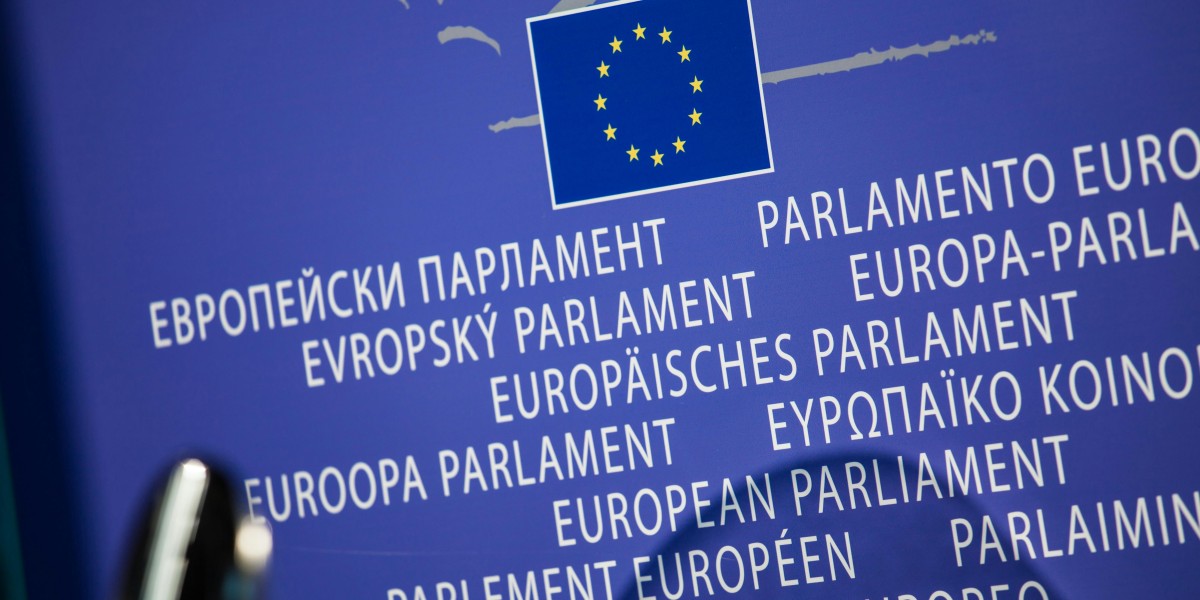
The EU's new automated border control system launches on 12th October 2025. It introduces biometric checks for non‑EU visitors entering the Schengen Area, including the first stop in Spain, Portugal or Italy.
How EES works at the border
The EU’s Entry/Exit System (EES) will register all non-EU citizens when entering the Schengen Area using biometric data. The shift replaces manual passport stamps and will roll out at external air, sea and land borders across the bloc.
First entry after go‑live creates a digital record linked to your passport, with a facial image and fingerprints captured at kiosks or by a border officer. Later trips will mean faster checks, with your entries and exits recorded automatically in the system.
Deployment model: what this means in practice
Expect early activation at the largest external airports in each country during the first six-month transition period. Madrid‑Barajas and Barcelona‑El Prat in Spain are likely to be first, as are Lisbon and Porto in Portugal, and Rome Fiumicino and Milan Malpensa in Italy. Cruise gateways and ferry ports will follow shortly after.
External land borders, including Spain’s crossings with Morocco at Ceuta and Melilla, will be brought online during the EU’s transition period. Implementation at the Gibraltar–La Línea frontier depends on the outcome of the EU–UK Gibraltar agreement.
Implementation of the ETIAS
The European Travel Information and Authorisation System (ETIAS) is a new travel permit for visa‑exempt visitors, expected to start in 2026 once the EES has successfully rolled out. It will apply to British, American, Canadian, Australian, Argentinian and other non‑EU nationals, be verified by carriers before boarding, and won’t replace EES enrolment on arrival.

How the EES affects non‑EU citizens
Who must enrol
- Non‑EU/EEA/Swiss nationals entering the Schengen Area for a short stay, including visa‑exempt travellers such as British, American, Canadian, Australian, New Zealander, Argentinian, Japanese and South Korean passport holders.
- Travellers arriving on a short‑stay Schengen visa (for example, Indian or South African nationals) are also processed through EES.
- EU citizens and dual nationals travelling on an EU passport are not enrolled. EES targets short‑stay entries, not established residents.
Short‑term consequences you’re likely to feel
- Longer queues at launch: first‑time enrolment adds a few minutes per passenger, so expect delays during the initial rollout.
- Increased waiting times: these will likely occur at busy hubs and at juxtaposed border points such as London St Pancras for Eurostar, Dover Port, and other places where EU border checks happen before departure.
- Phased introduction: the system will be introduced gradually from autumn 2025, so not every airport, port or land crossing will switch on the same day. Mixed stamping and EES processing may occur during the transition.
- e‑Gates for UK passports: After EES starts, using e‑gates will be a decision for each Member State, so availability will vary by country and airport.
- Carriers tightening checks: airlines, ferry lines and rail operators may add time at check‑in and boarding while staff verify documents and direct first‑time enrollers to the right kiosks.
Moving to Spain?
If your plans go beyond a short stay, the paperwork shifts to residence status rather than border checks. For UK nationals, clarity on the NIE (tax number) and the TIE (biometric residence card) is essential.
Americans, Canadians, Australians, Argentinians and other non‑EU citizens typically look at routes such as work permits, student residence, and family reunification. The digital nomad visa and the non‑lucrative option are also increasingly common routes.
Once a residence permit is granted, life admin follows in stages: registering on the padrón, securing social security where relevant, and updating healthcare and banking.

Stay in the know about visiting and living in Spain as a foreigner—get our weekly newsletter for the latest travel, legal, and lifestyle news.
